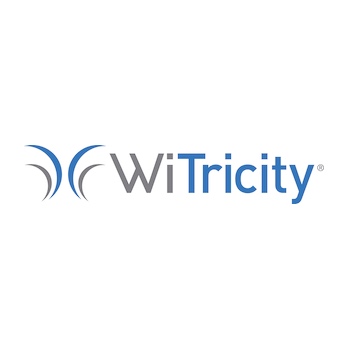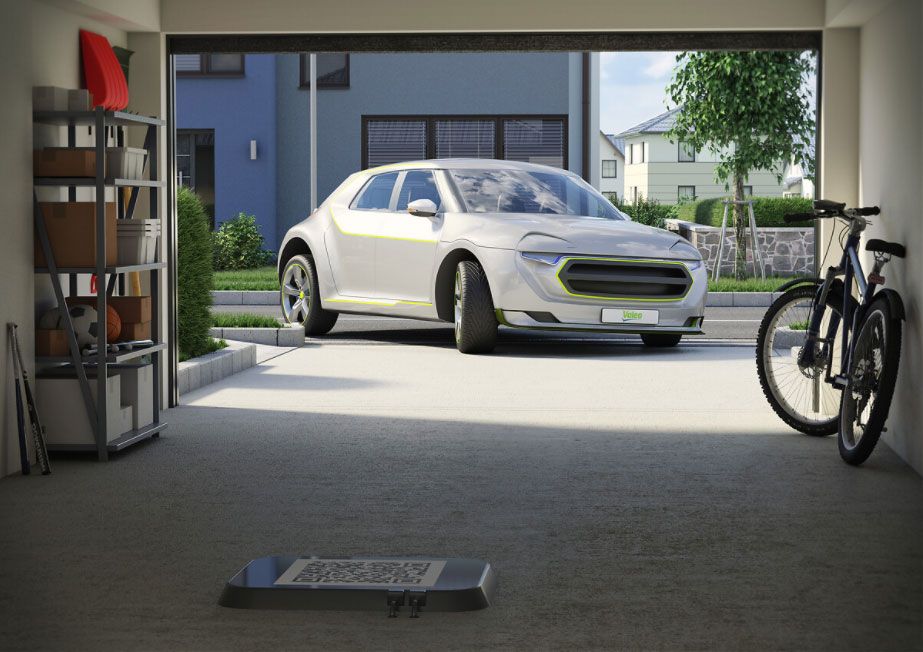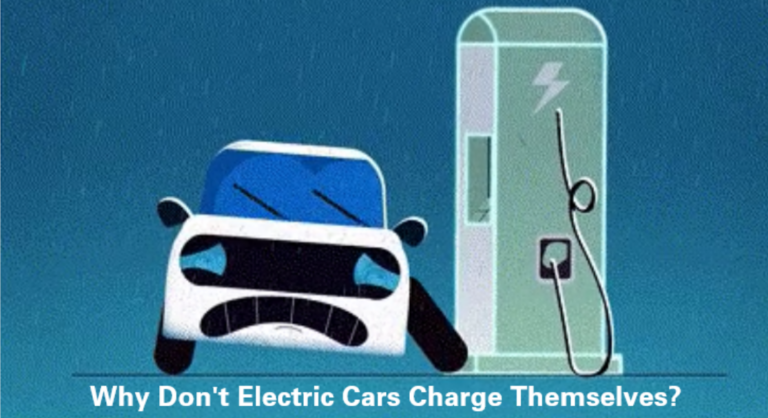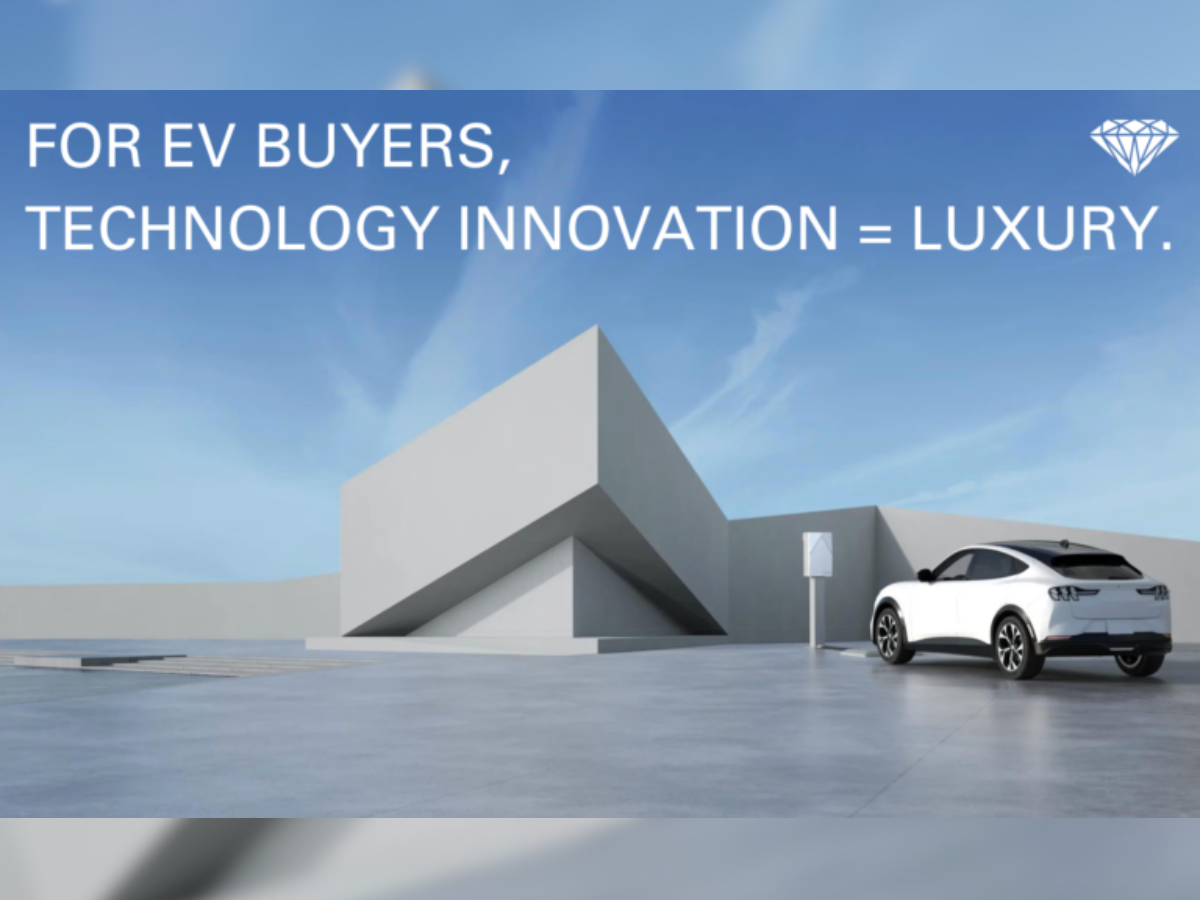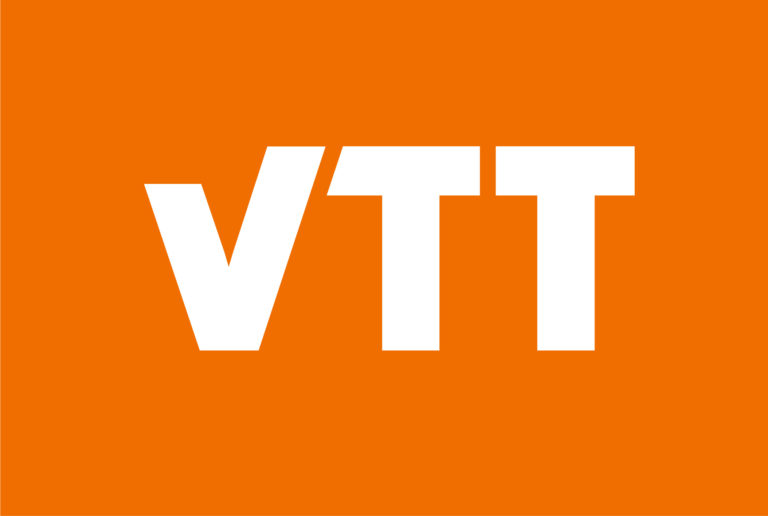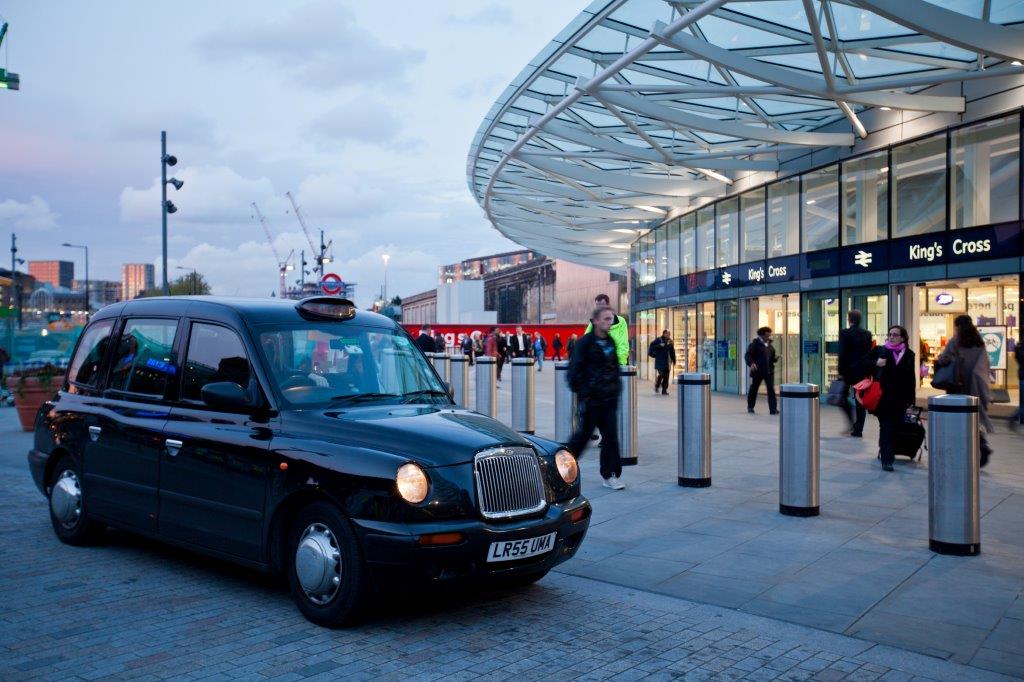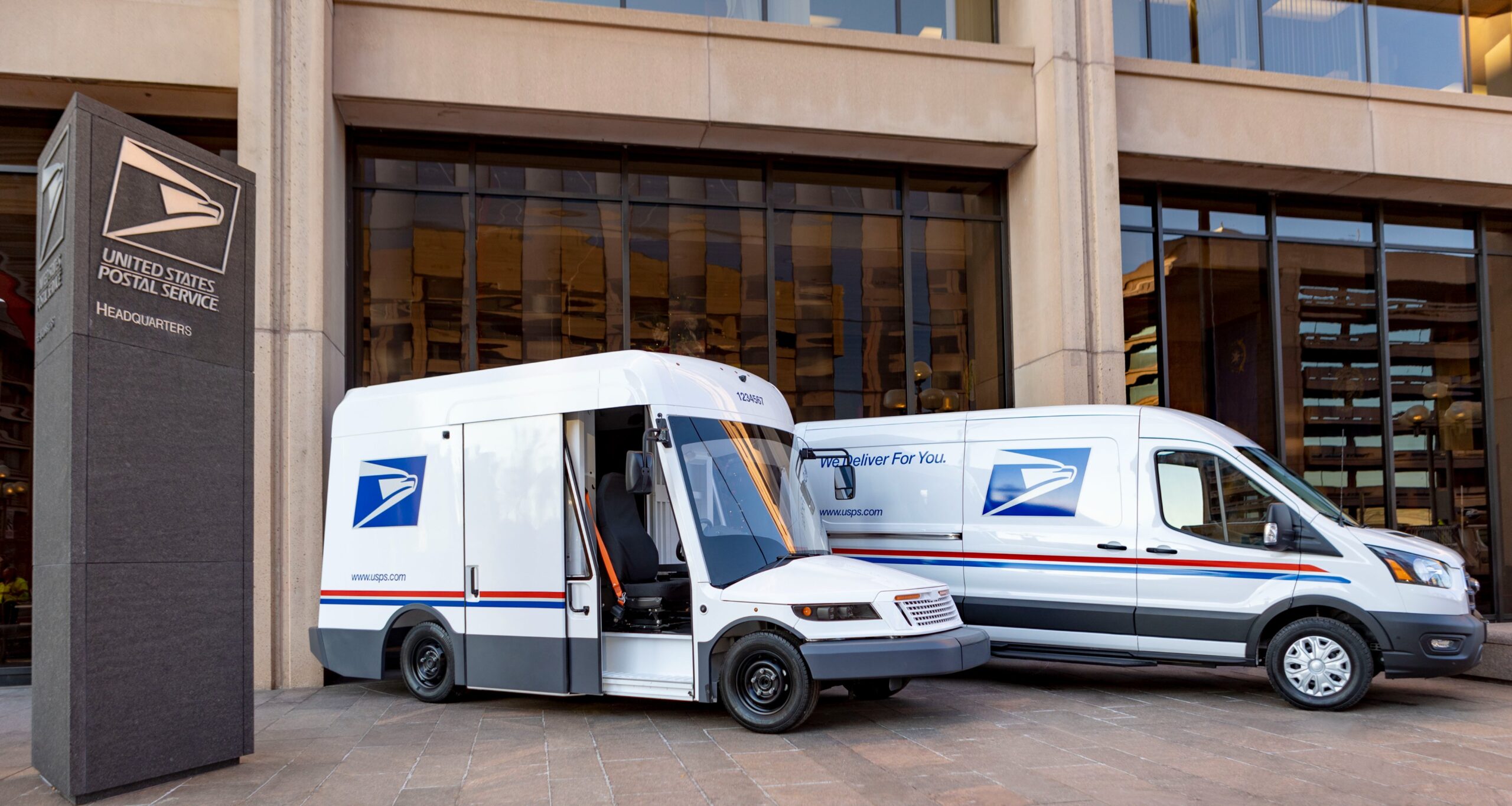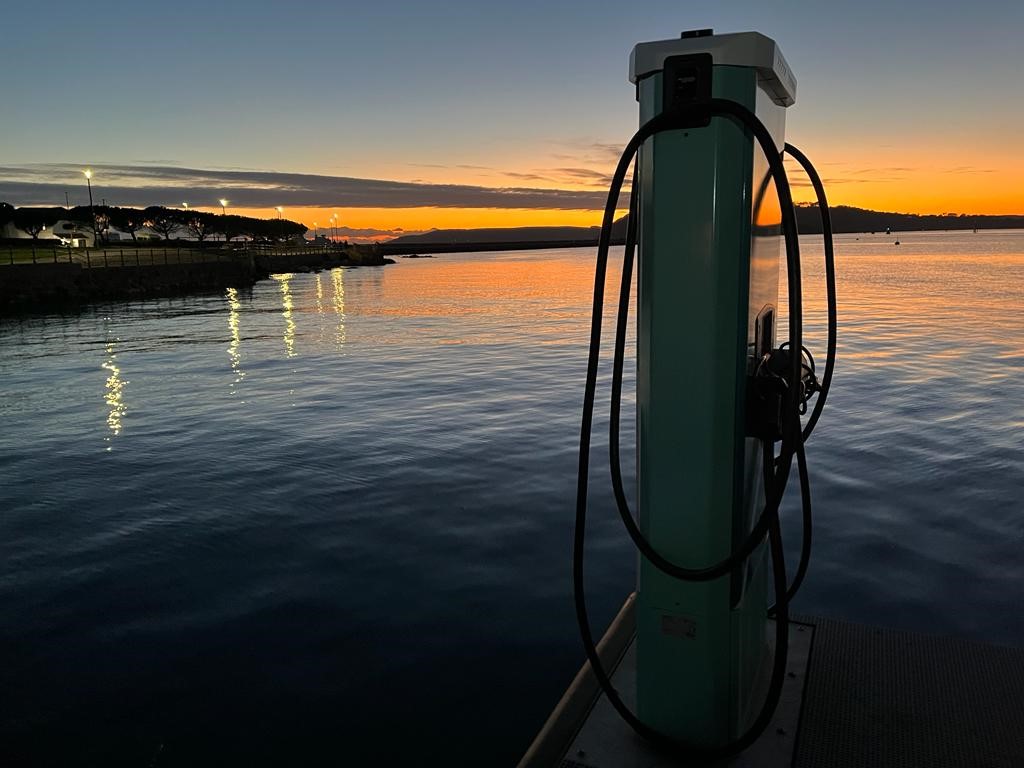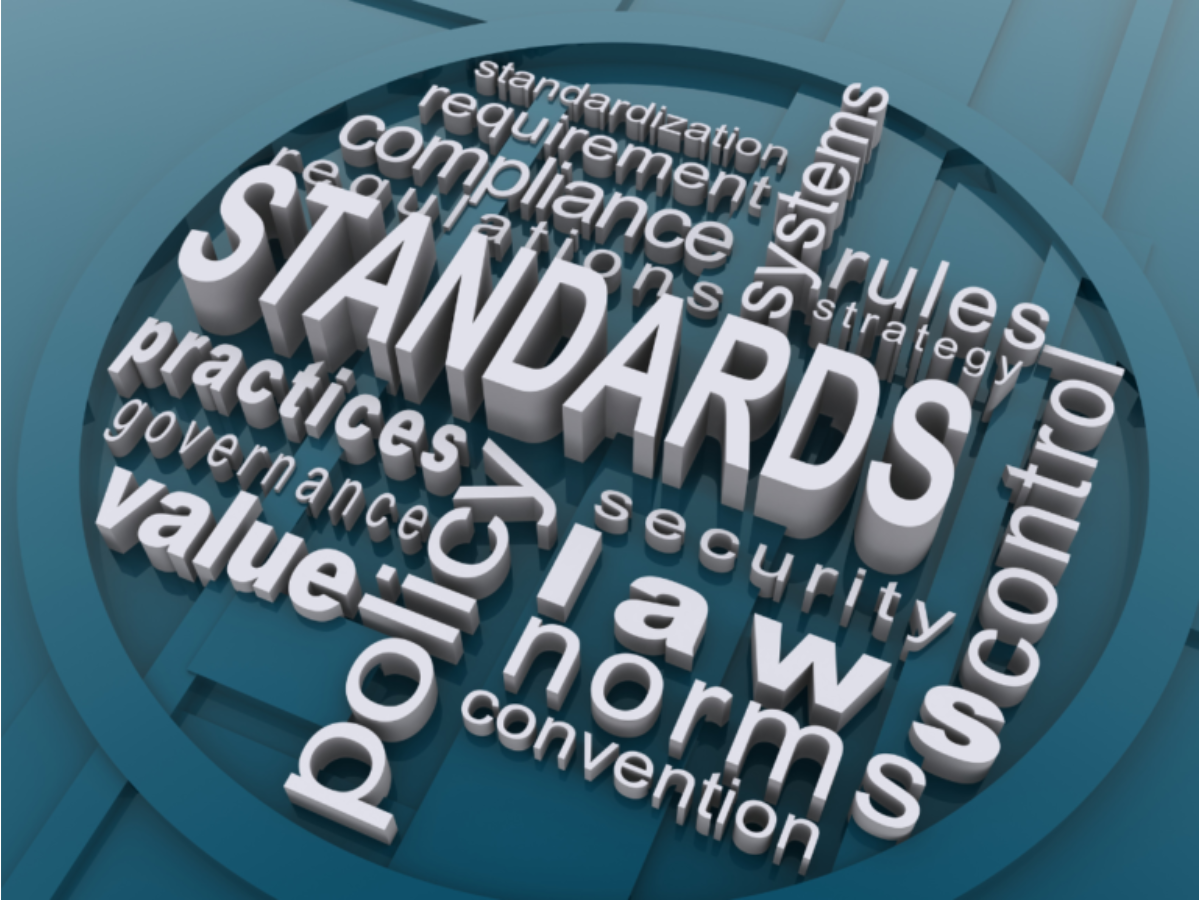In a recent blog post, I discussed standards and why they’re important for the wireless charging of electric vehicles.
In the post, I mentioned that the most relevant standards that are globally accepted are SAE J2954, IEC 61980 and ISO 19363. SAE J2954, which provides a system-wide standard for light-duty EV wireless charging, recently had an important update that includes details on how to perform interoperability testing, along with other incremental updates and clarifications to the initial standard.

WiTricity has been deeply involved in helping to drive the automotive standards for wireless charging because they allow companies to create receiving devices that are interoperable with wireless charging source devices from a myriad of companies. Unlike the variety of plug-in chargers available, standards for wireless charging that we helped develop make it easier for car manufacturers since they only deal with one standard when designing wireless charging into their vehicles. It’s also easier for consumers. Standards protect the public’s interest with respect to how a system operates, its safety, and its reliability.
Separately, a new SAE J2954/2 Technical Information Report (TIR) was also recently released. Everyone is asking, “what is the difference between the J2954 standard and the new J2954/2 TIR?”
First, the SAE J2954/2 (note the slash 2!) TIR is specifically scoped for heavy-duty (HD) vehicles – as opposed to light-duty (LD) vehicles covered in the J2954 standard. A TIR is not a standard, per se, but rather an initial technical information report that proceeds published recommended practices and finally evolves into a standard in the years to follow. In any case, one of the key focuses for the new TIR on HD wireless power is interoperability. It’s important that when, for instance, a bus manufacturer purchases new buses, they know the wireless charging receiver on their buses are compatible with the charging pads on the ground. To date, all wireless charging systems deployed for transportation buses have been demonstration systems, so it’s not been much of an issue. But once systems are deployed beyond demo units, this is an important step in global adoption.
The /2 TIR goes beyond broad interoperability within one type of HD vehicle as it recognizes there are differences between buses, tractor trailers, yard dogs, etc. It narrows the scope of interoperability within the various applications so that the TIR can be applicable for each. This works great for static charging-type applications but also considers that, when wireless charging is dynamic, it needs to interoperate with all types of vehicles that could be on the same roadway.
In addition to interoperability the HD TIR has newly recommended electromagnetic emissions limits for heavy duty wireless power applications. However, one area that remains identical between the mature light-duty J2954 standard and the new heavy-duty J2954/2 TIR applications is human safety. The safety procedures and requirements remain the same. There’s absolutely no leeway here as safety always comes first no matter where you are!
As I mentioned previously, a Technical Information Report (TIR) is not a Standard. A TIR is merely the first step in the standards process. Producing a full standard can take a long time. For instance, prior to the J2954 standard (light duty), a TIR and two recommended practices were published before publishing a standard. The initial J2954 LD TIR was released in 2016 with two succeeding recommended practices and then the J2954 LD Standard was finally published in 2020 – four years later!
Like the initial SAE J2954 LD Standard and its update, WiTricity is actively involved in SAE’s J2954/2 HD TIR. As a manufacturer/ technology provider for wireless power transfer, WiTricity has always been intimately involved in helping to lead and drive standards for wireless charging. We work to ensure the appropriate standards are feasible and that they use the most up-to-date and relevant technology. We also help ensure that safety procedures and requirements are always front of mind, so consumers are always protected. Additionally, it’s our essential IP that continues to be the backbone of the EV wireless charging standards, so car manufacturers only deal with one standard when designing wireless charging into their vehicles.
As I said last time, we want to make wireless charging for EVs something you don’t have to think about – you just park. Standards are part of what will get us there.
This article was originally published by WiTricity.

